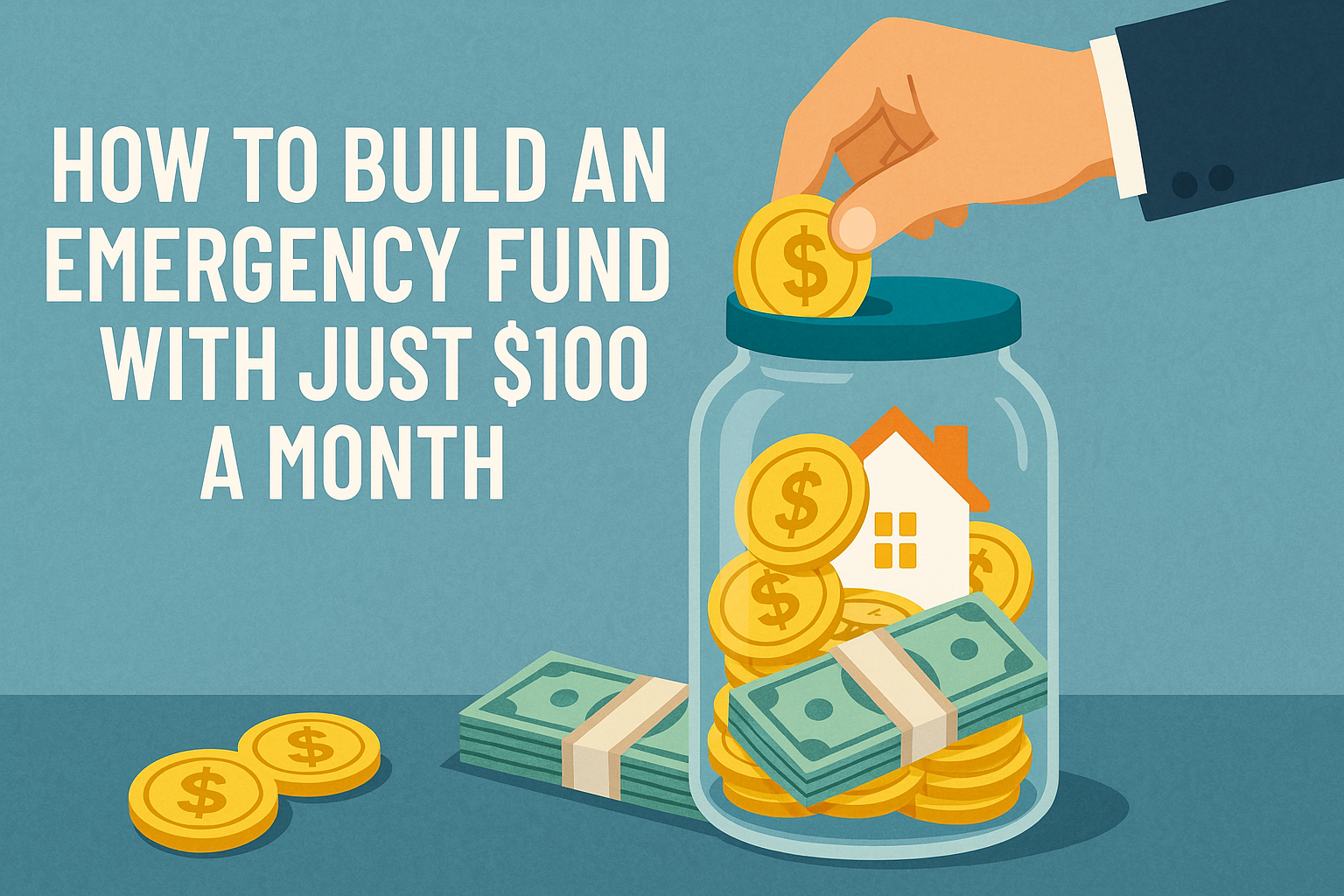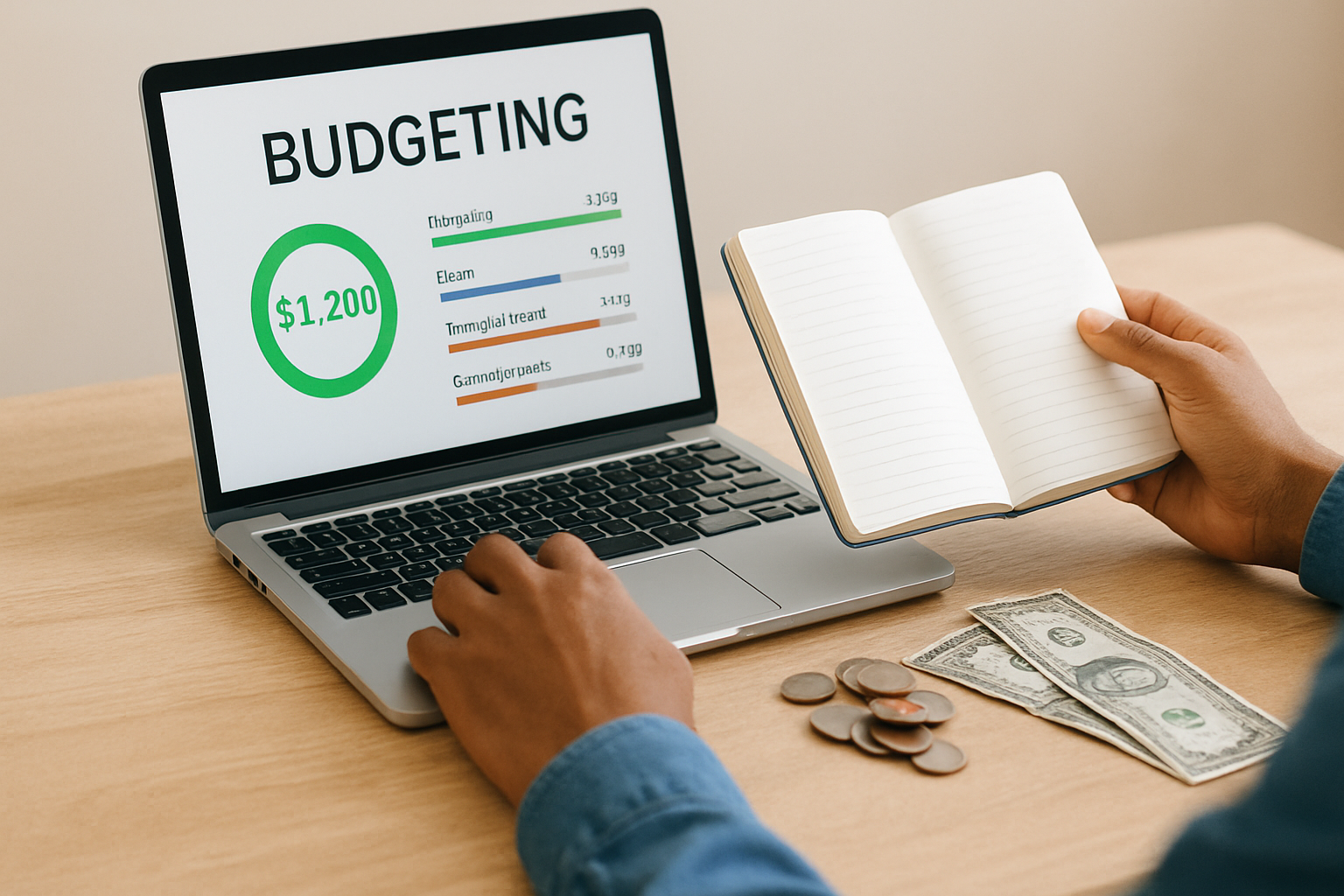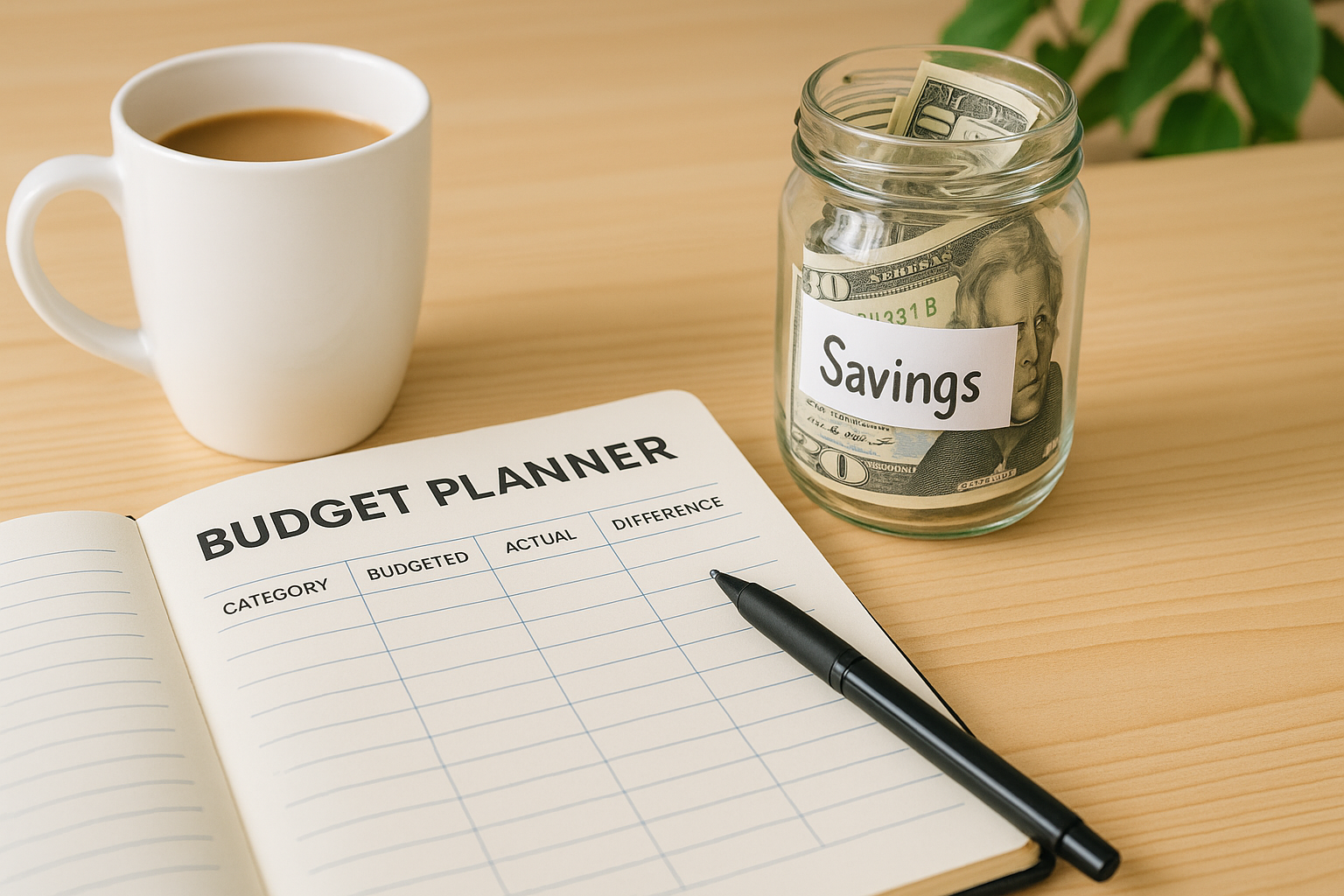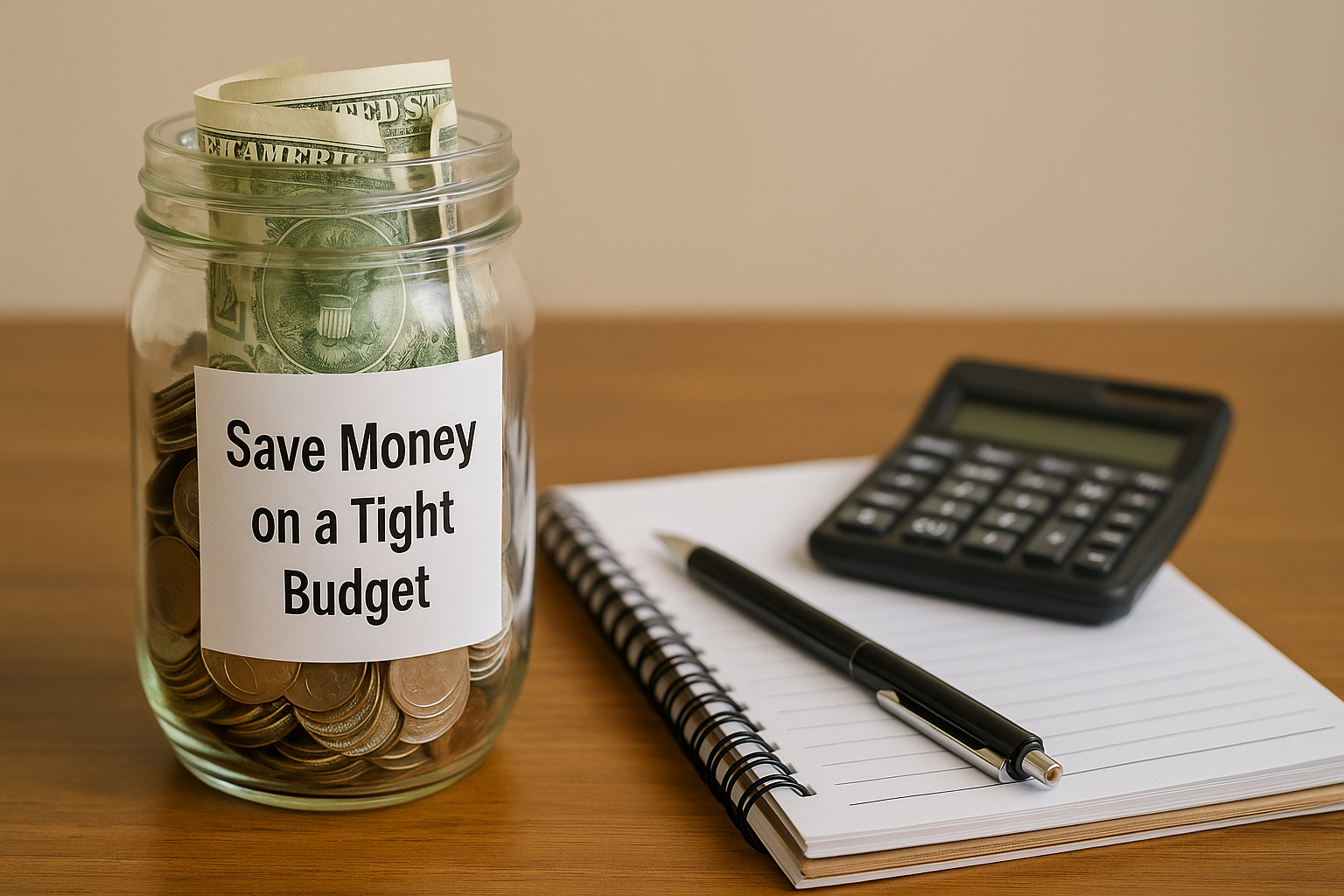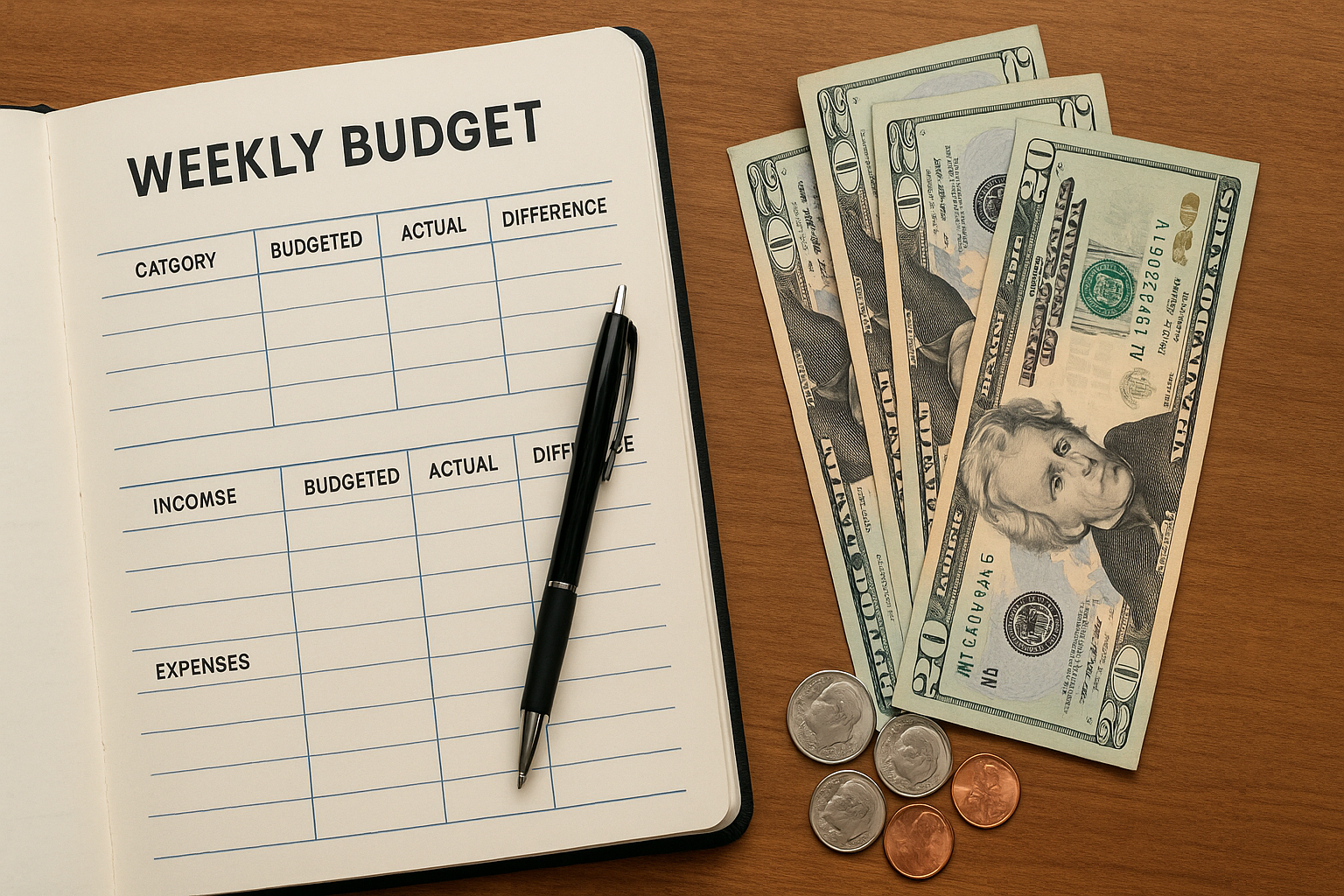Life can throw unexpected curveballs—an unexpected car repair, a medical bill, or a job loss. That’s why having an emergency fund is essential for peace of mind and financial security. But what if you don’t have a lot of extra cash to start building one?
The good news is that $100 a month can go a long way when it comes to saving for emergencies. Even on a tight budget, setting aside small, consistent amounts can help you create a cushion for the unexpected. Here’s how to get started:
1. Set a Realistic Emergency Fund Goal
The first step in building your emergency fund is defining how much you need. Most financial experts recommend saving 3-6 months of living expenses for emergencies. However, if that feels overwhelming, start small and work your way up.
For example, if your essential monthly expenses (like rent, utilities, and groceries) are $2,000, aim for a $1,000 emergency fund to cover unexpected costs. Once you reach that target, you can build further.
2. Create a Separate Savings Account
To avoid dipping into your emergency fund for non-emergencies, open a separate savings account that’s specifically for this purpose. Look for accounts with:
-
No fees (or low fees)
-
High interest rates (so your money can grow a little)
-
Automatic transfer options
Many online banks like Ally and Marcus by Goldman Sachs offer high-yield savings accounts that allow you to save while earning interest.
3. Automate Your Savings
One of the easiest ways to build an emergency fund is to automate your savings. Set up an automatic transfer of $100 (or whatever you can afford) each month from your checking account to your emergency fund savings account. By doing this, you’re saving without even thinking about it.
Consider setting up the transfer on the day you receive your paycheck so that it’s one of your first expenses—just like paying rent or utilities.
4. Cut Back on Non-Essential Spending
If you’re struggling to find $100 a month to put toward your emergency fund, it might be time to look for areas where you can cut back. Consider the following:
-
Cancel subscriptions you don’t use (streaming services, gym memberships, etc.)
-
Meal plan and cook at home to avoid expensive dining out
-
Limit impulse buys by setting a spending cap on non-essential items
-
Use cash-back apps (like Rakuten) and discount codes to save on purchases
By trimming unnecessary expenses, you’ll be able to free up more money for your emergency fund.
5. Take Advantage of Cash Windfalls
Sometimes, money comes in unexpected ways—such as a tax refund, a bonus at work, or a gift. When these cash windfalls happen, instead of spending them on non-essentials, consider putting a portion (or all) of it into your emergency fund.
Even if you just add $200 or $300 from a one-time windfall, it can make a big difference and help you reach your goal faster.
6. Use a “Round-Up” App
If saving $100 a month feels like a stretch, consider using a round-up app like Acorns or Qapital. These apps automatically round up your purchases to the nearest dollar and deposit the difference into your emergency savings account.
For example, if you spend $3.50 on a coffee, the app will round up to $4.00, saving the extra $0.50 in your fund. These small amounts add up quickly without you even noticing.
7. Track Your Progress
As you make consistent contributions, it’s important to track your progress. Watching your balance grow can be motivating and remind you of how far you’ve come. Use tools like Mint or Personal Capital to track your savings and adjust your budget if necessary.
You might also consider using a visual aid, like a progress chart or thermometer, to see how close you are to reaching your emergency fund goal. Seeing the numbers move can keep you inspired!
Final Thoughts
Building an emergency fund doesn’t have to be difficult, even if you only have $100 a month to contribute. The key is to be consistent, automate your savings, and stay disciplined with your budget. Every small step you take today will lead to greater financial security in the future.
Start small, stay consistent, and soon you’ll have a safety net that can help you weather any storm.
Want more budgeting tips and tricks? Subscribe to Active With Us for more actionable financial advice!
